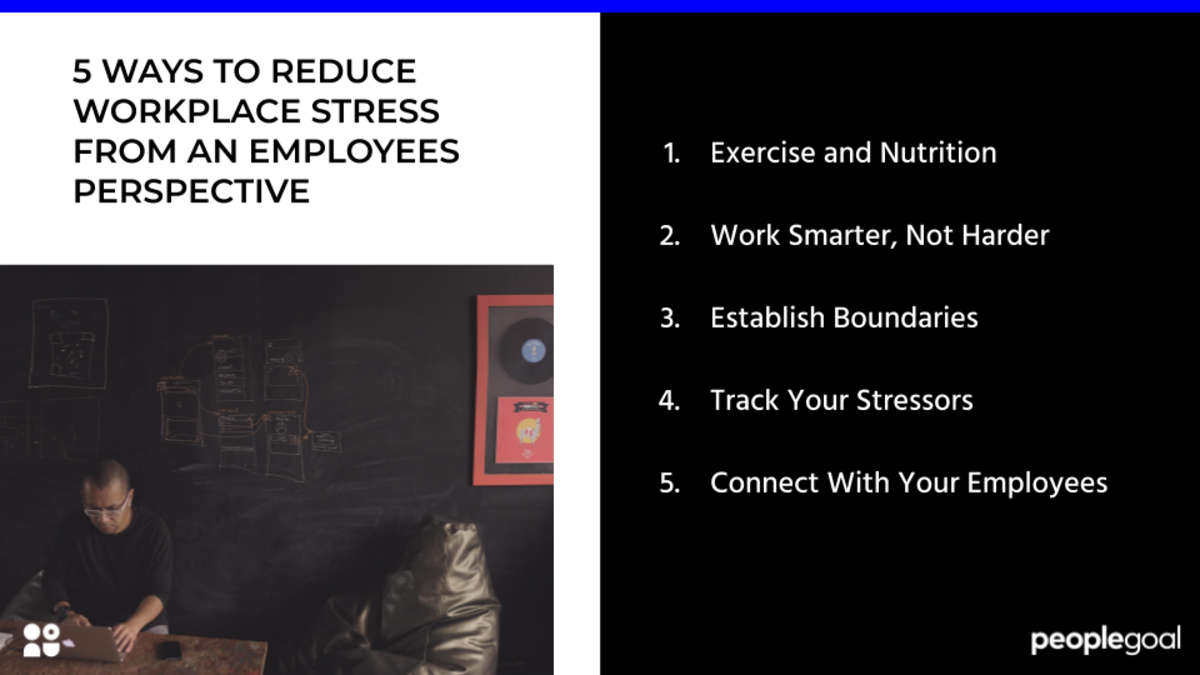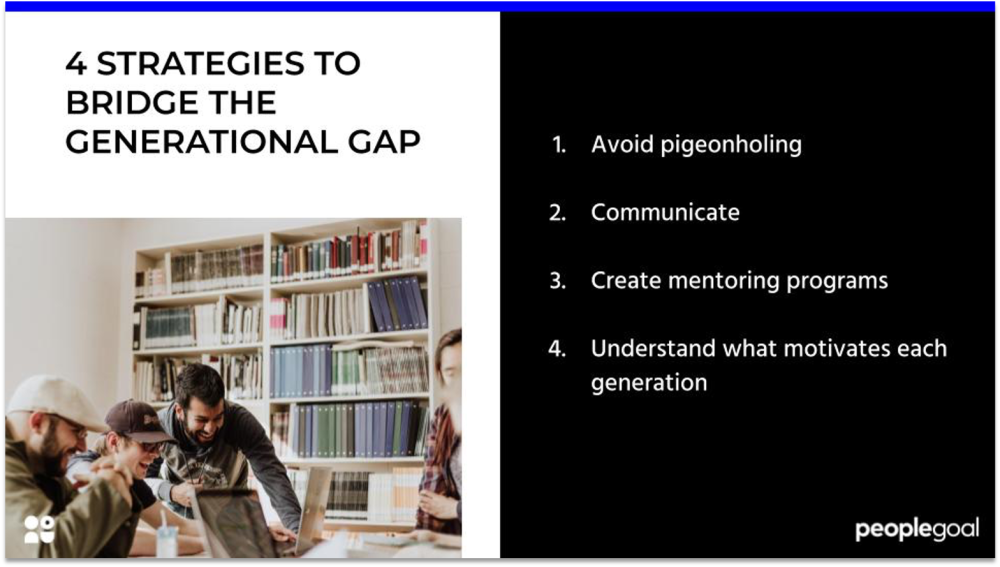It’s rare to find someone that actually enjoys the prospect of bad news. Whether you are the bearer of bad news or if you’re the person receiving it, this can often be an uncomfortable process. Due to this discomfort, we have provided some guidance on how you can share any negative feedback in a positive way.
This couldn’t be more relevant as year-end reviews are upon us. As its the time to share feedback with employees, this period for reflection on employee performance will bring to light an array of positive and negative insights. Unfortunately, the perfect workforce is near impossible to come by and so it is inevitable that you are going to have to give some employees a verbal kick up the backside.
Having said this, it is critical for managers to conduct objective conversations and share any negative feedback in a positive way. With this in mind, we shall embark on our explanation of methods and approaches you can adopt when you find the need to deliver the news that an employee isn’t meeting the mark.

10 Ways to Get Better at Delivering Bad News
Giving constructive feedback that addresses the problem will not only prevent employees from making the same mistakes but it will also provide everyone in your team with greater clarity regarding what is expected of them in their role.
In order for any organization to improve, its employees require the necessary guidance to help them from underperforming. Finding ways to communicate this advice without upsetting or patronizing employees is an important skill for good management.
10 Ways to Get Better at Delivering Bad News
- Listen before you speak
- Ask questions that trigger self-reflection
- Deliver constructive feedback
- Express your empathy
- Be short and to the point
- Rely on facts and data
- Focus on the outcome, not the person
- Justify your feedback if needed
- Coach desired behaviors
- Be willing to accept feedback
1. Listen before you speak
Before going into a performance appraisal or check-in meeting, you will likely have compiled a collection of notes and discussion points to bring up with your employee. These notes are important and they should certainly be used to support your discussion, however, it’s more important to engage with your employee.
Prior to giving any criticism, try to understand how the individual feels about their performance in general, or ask questions relating to the specific issue you have flagged up. By listening to the employee’s opinion, you might be able to learn more about why they have acted in a certain way.

Furthermore, if you give the employee an opportunity to justify their actions before getting critical, they will be more inclined to give an honest response. Once you make the employee aware that you are unhappy with their performance they will likely become much more defensive. This could then distort their feedback whilst also preventing a natural flow to the discussion.
2. Ask questions that trigger self-reflection
As we touched upon in the first step above, a self-reflexive discussion will present the best opportunity for you to highlight aspects of an employee’s work that aren’t in fact working. Giving time for questions that allow the employee to themselves realize the faults in their actions will enable you to ease into these more difficult topics of discussion.
Putting the employee in the driving seat of their appraisal will enable you to develop a better understanding of their own interpretation of their performance. The insights you can attain from this can assist in buffering the impact of breaking bad news. What’s more, it will give you an opportunity to pick out some aspects of ‘good news’ that you can interpret from their responses.
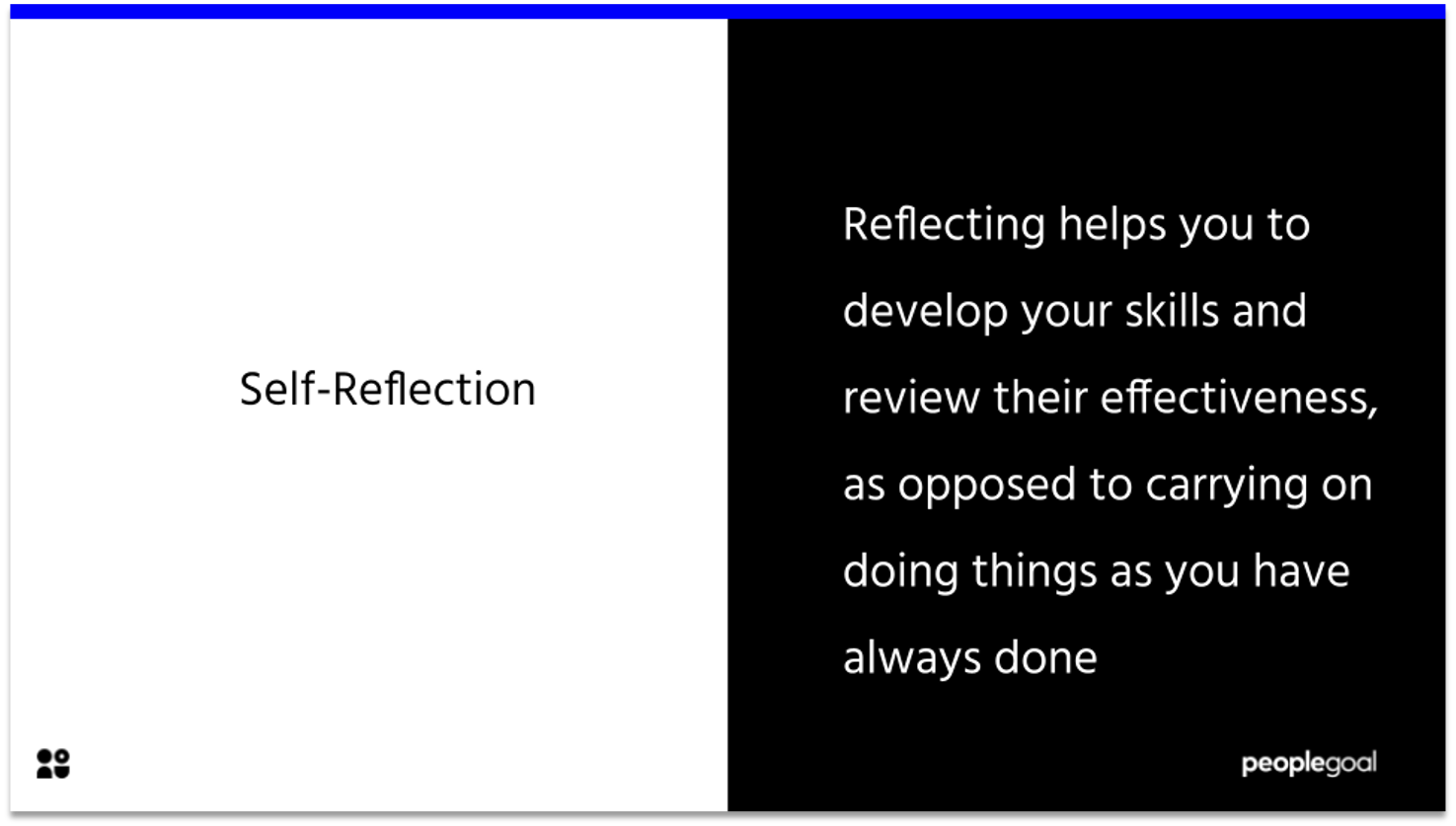
Any person receiving constructive advice based on their own self-assessment is more likely to register and appreciate what they are told retrospectively. Additionally, if an employee is aware that they have not been performing well, they are able to provide their own explanation for their actions.
As opposed to drafting questions that will probe an employee for issues, this approach leaves more room for the employee to recognize and essentially become their own bearer of bad news.
3. Deliver constructive feedback
How you go about providing feedback is key to ensuring your employees remain engaged. Research shows that 89.1% of employees that received solely negative feedback became not engaged or actively disengaged as a result. In contrast, those that were given feedback in a positive manner were considerably more engaged than their peers.
People dislike being told they’re insufficient or performing poorly. Consequently, you must find ways to address bad performance without coming across as harsh or demeaning. Finding a silver lining is one solution, however, a more realistic approach is to give constructive feedback that highlights an issue whilst also giving directions for solving it.
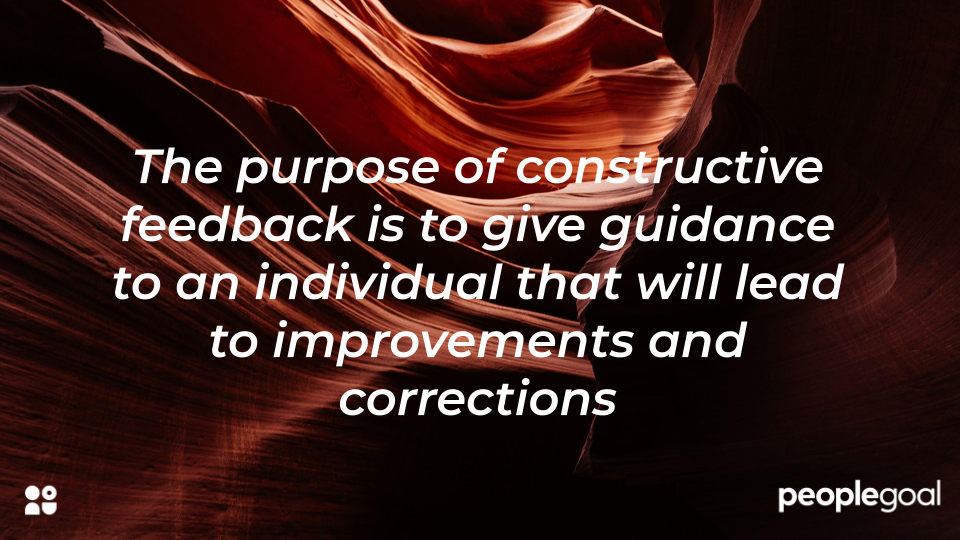
Consider the emotions of the employee receiving bad news and look to pair encouragement with constructive feedback. When you provide a clear route to resolve an issue this will be more encouraging for an employee to build on the advice given, therefore leading to better performance and engagement.
4. Express your empathy
From the position of someone who must deliver the news that an employee is not performing as intended, it can be easy to forget the position of the other. As you run through the various approaches that you should or shouldn’t take when giving the negative feedback, the focus can shift from the recipient to the message.
It is imperative that you take consideration for how this is going to affect the employee. Whilst the task of letting someone down in itself is unappealing, the actual experience of receiving such news will only feel worse. This is why you must express your empathy to the employee.
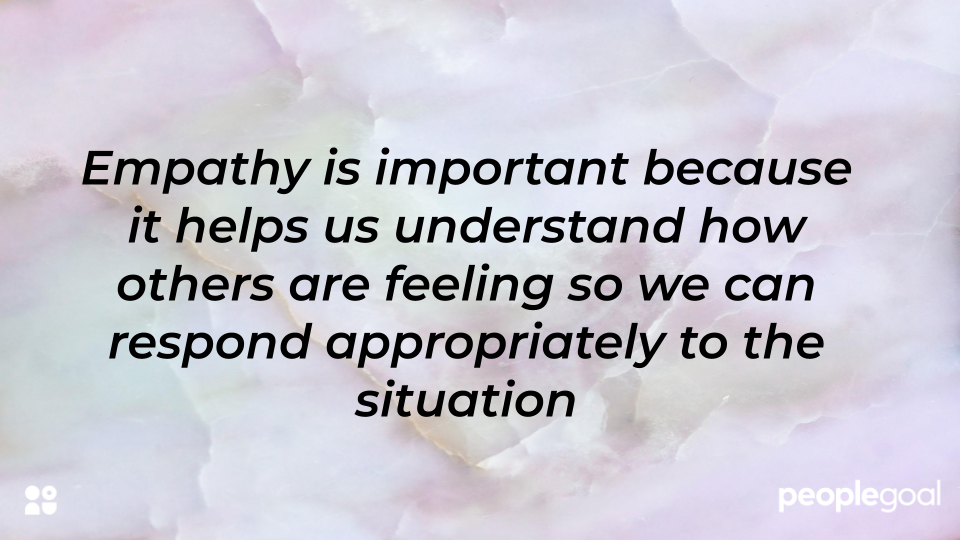
Taking the initiative to recognize the uncomfortable nature of such a negative discussion will encourage the employee that you genuinely want to see an improvement from them. It will counteract the potential isolation felt by the person receiving the bad news. Demonstrating that you care about the employee’s emotions will also reassure them that they can seek counsel from you in learning how to improve their current performance.
5. Be short and to the point
No one wants to dwell on the bad stuff. As you deliver the bad news, give your feedback and explanation in a swift manner. Don’t beat around the bush, just tell the employee what you need them to hear.
When you have to deliver bad news, be direct about what the employee has done and what you expect to see happen next.

Be direct but don’t be too vague. Whilst you need to bear the news in an efficient manner, you mustn’t sacrifice any of your reasoning. The least you owe to the employee is a proper explanation of why they are being denounced.
6. Rely on facts and data
Your critical feedback must be backed with reason. If an employee contests your criticism of their performance then you must be prepared with solid evidence in the form of data or other measures of the employee’s performance.
It’s no good simply telling someone they aren’t up to scratch if you can’t even provide any justification for your statement. The use of facts and data makes for a more objective assessment. In almost all circumstances, the numbers don’t lie.

Additionally, when an employee can physically see where they have fallen short, it makes it easier to discuss how they are going to improve or why you have to let them go.
7. Focus on the outcome, not the person
Shifting the attention from a personal critique to developing an understanding of what must happen next will enable all involved to remain professional in the conversation. A person receiving bad news is going to feel negative emotions that can lead to adverse behaviors.
The employee might feel embarrassed or upset by the feedback and so it is important to reassure them that this is not a direct attack on them. By taking the focus away from the individual and instead onto the outcome, you will be able to drive a more positive conversation.

Finding ways to improve the employee’s performance will encourage them to aspire to these new goals and avoids causing the individual significant upset.
8. Justify your feedback if needed
It is far easier for anyone to understand something when it is accompanied with context and the decision making process behind it. Take time to prepare and share your reasoning as to how you came to the decision you made. Communicate that this is a measured decision, concluded after a significant amount of time and thorough consideration.
After all, we are only humans and therefore, our conversations require honesty and genuine care as we take on the role as the bearer of bad news.

9. Coach desired behaviors
You have a direct ability to influence the interaction when breaking the news. The way you conduct yourself in conversation with an employee will affect how they receive the news and also how they react in response.
Imagine how you would act when giving good news. Your body language, the way you speak and your facial expression will all demonstrate an air of excitement. Now consider the natural behavior if you were to give bad news. All of these small but noticeable traits, from how you speak to your appearance, will indicate to the employee that they are in for something and so their natural reaction will be to mirror this negativity.

This doesn’t have to be the way any negative meeting plays out. Instead, find a way to get the employee on your side by presenting yourself in a more friendly or approachable manner.
10. Be willing to accept feedback
At the end of the day, a conversation is a two-way interaction. As such you must be prepared to receive and accept any feedback given by an employee. Whatever the circumstances, they are justified to share their thoughts and opinions after you have given your feedback to them.
Listen and engage with the employee as they elaborate on what they want to say. If you want the process of giving bad news to be a positive one, then you must be prepared to give the recipient an opportunity to expand on what they have just been told.

Maintain an amicable and understanding dialogue so as to leave a good impression on the employee. Moreover, this will provide them with an opportunity to address something they feel hasn’t been considered in the decision to give this negative feedback or share anything else they would like to get out in retrospect.
In receipt of all of this information, you are now ready to go ahead and deliver bad news in a more respectable and effective manner. With thorough preparation and backed by data you are able to give the bad news in a constructive and objective way. By evaluating employees based on well-defined objectives you are able to remove any bias in the performance review process.
Equipped with these 10 steps to giving bad news in a better way, you are able to break away from any awkward interactions or prevent upsetting your team members.
Ready to 3x Your Teams' Performance?
Use the best performance management software to align goals, track progress, and boost employee engagement.

